- Sprouts Grow Like Yeast
- 1. Choose high-quality seeds
- 2. Use proper water and temperature
- 3. Provide adequate airflow
- 4. Give sprouts enough space
- 5. Let there be light
- 6. Follow the soaking and rinsing schedule
- 7. Harvest at the right time
- Conclusion
- Foster Optimal Seedling Development
- 1. Choose High-Quality Seeds
- 2. Provide Proper Lighting
- 3. Maintain Proper Temperature and Humidity
- 4. Water Correctly
- 5. Use High-Quality Potting Mix
- 6. Provide Adequate Air Circulation
- 7. Fertilize Wisely
- 8. Harden Off Before Transplanting
- Choose High-Quality Seeds
- Provide Proper Lighting
- Maintain Ideal Temperatures
- 1. Provide a Warm Environment
- 2. Avoid Extreme Temperatures
- 3. Adjust Temperatures for Different Stages
- 4. Monitor and Control Temperature Fluctuations
- Water with Care
- 1. Use a watering can or a sprayer
- 2. Monitor the soil moisture
- 3. Water from below
- 4. Avoid overwatering
- 5. Consider using a self-watering system
- Ensure Good Air Circulation
- Use Organic Fertilizers
- Prevent Common Seedling Diseases
- “Question-Answer”
- How can I improve seedling development for sprouts?
- What is the importance of light for sprout development?
- How can I ensure the right moisture level for sprout development?
- What kind of soil mix should I use for sprout development?
- How can I provide enough nutrients for sprout development?
- Why is proper ventilation important for sprout development?
- Are there any other tips for improving seedling development?
- “Video” GROW BRUSSEL SPROUTS FROM SEED – For Beginners!
When it comes to growing healthy seedlings, there’s a lot we can learn from yeast. Yes, that’s right – yeast! Just like yeast helps dough rise and makes bread light and fluffy, it can also be used to improve the development of sprouts.
Yeast is known for its ability to break down complex sugars into simpler forms, which can be easily used by plants. This process, known as fermentation, releases nutrients that are essential for seedling growth. By using yeast to ferment sprouting medium, we can create an environment that is rich in nutrients, promoting strong and healthy seedling development.
But that’s not all – there are other tricks we can use to enhance seedling development as well. For example, providing optimal lighting conditions is crucial for photosynthesis, which in turn fuels growth. Additionally, maintaining the right temperature and humidity levels can help create an ideal environment for seedlings to thrive.
In this article, we will explore these proven tricks and more, sharing tips and techniques to improve seedling development. Whether you’re a seasoned gardener or just starting out, these strategies can help you grow robust and healthy sprouts. So, get ready to take your seedling game to the next level!
Sprouts Grow Like Yeast
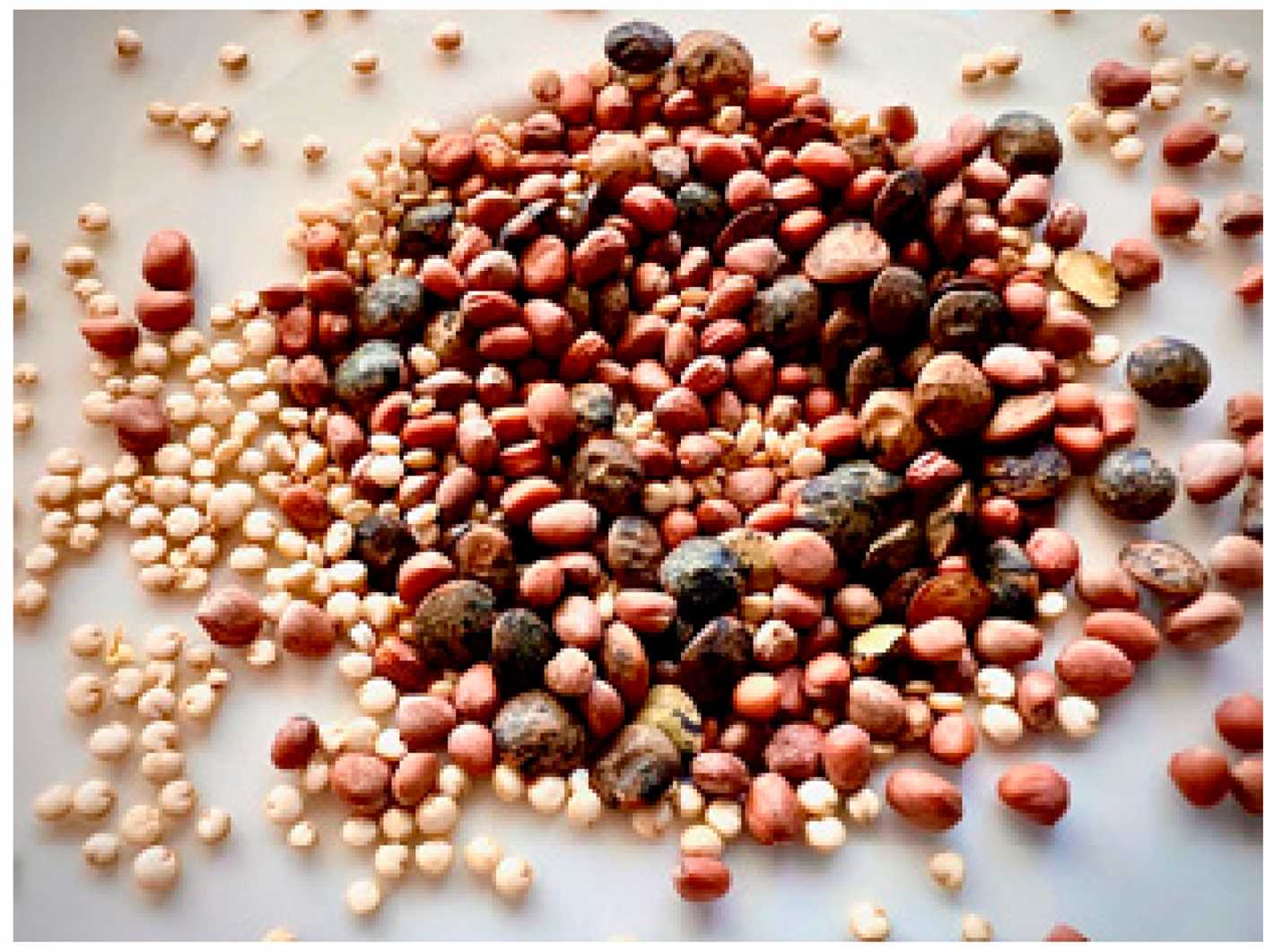
Growing sprouts is a simple and rewarding way to add fresh, nutritious greens to your meals. Just like yeast doubles in size when it ferments, sprouts also grow rapidly when given the right conditions. By following a few proven tricks, you can improve the development of your sprouts and enjoy a bountiful harvest.
1. Choose high-quality seeds
The first step to successful sprouting is selecting high-quality seeds. Look for organic, untreated seeds that are specifically labeled for sprouting. These seeds are free from chemicals that can inhibit growth and are more likely to have a high germination rate.
2. Use proper water and temperature
Water plays a crucial role in sprout development. Make sure to rinse your sprouts thoroughly twice a day to keep them hydrated. The water temperature should be around room temperature, ideally between 18-22°C (65-72°F). Extreme temperatures can slow down sprout growth or even kill them.
3. Provide adequate airflow
Sprouts need oxygen to thrive and grow. Proper airflow helps prevent mold and bacteria growth. To ensure adequate airflow, use a sprouting tray with drainage holes or place your sprouts in a sieve or colander. Remember to gently shake the tray or rinse with water to promote airflow.
4. Give sprouts enough space
When sprouts start growing, they need space to stretch out their roots and leaves. Avoid overcrowding your sprouts in the tray or container. Allow them enough room to grow without being tightly packed together. This will promote better air circulation and prevent competition for resources.
5. Let there be light
While sprouts don’t need direct sunlight to grow, providing them with indirect light can help stimulate their growth. Place your sprouting tray near a window or in a well-lit area, but avoid direct exposure to sunlight, as it can overheat the sprouts and hinder their development.
6. Follow the soaking and rinsing schedule
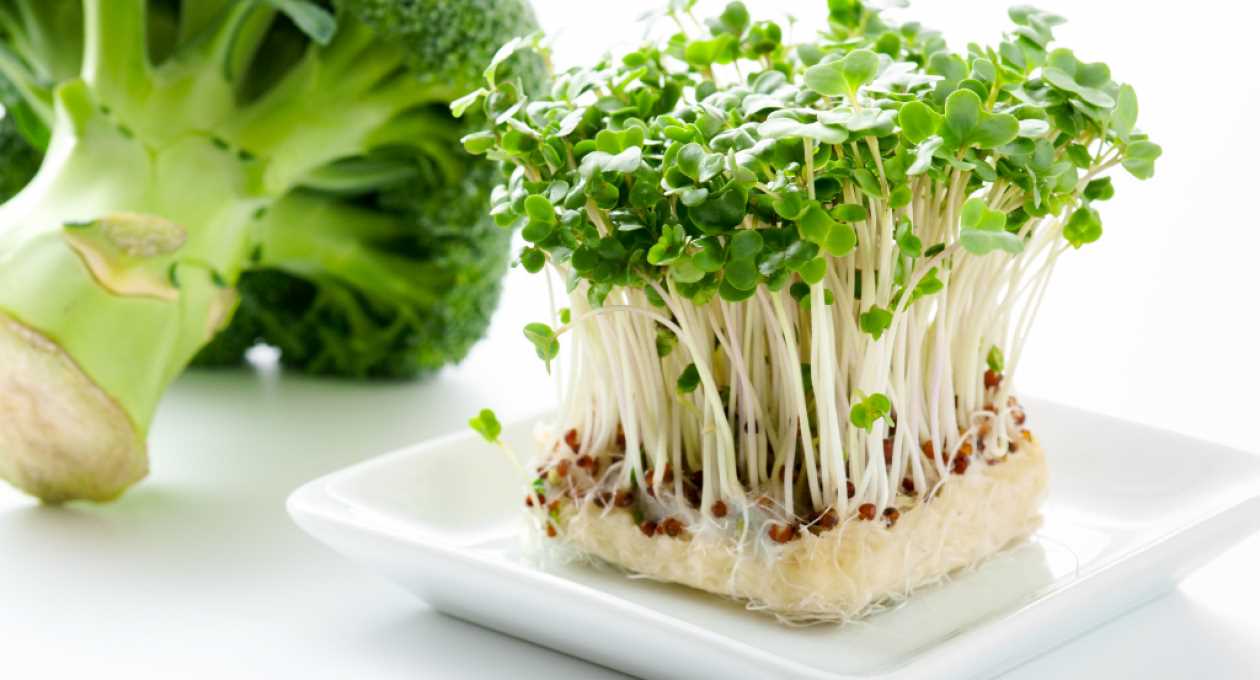
Each type of seed has its own soaking and rinsing schedule. It’s important to follow the specific instructions for each variety to optimize their growth. Soaking the seeds before sprouting helps activate enzymes and break down potential inhibitors, while regular rinsing removes waste products and replenishes oxygen.
7. Harvest at the right time
To enjoy the best flavor and nutritional value, harvest your sprouts at the right time. Most sprouts are ready to be harvested when they have reached a length of about 2-3 inches. Use clean scissors or gently pull them out to avoid damaging the roots. Rinse the sprouts thoroughly before consuming.
Conclusion
By following these proven tricks, you can improve the development of your sprouts and enjoy a fresh supply of nutritious greens. Remember to choose high-quality seeds, provide the right conditions of water, temperature, and airflow, and harvest at the right time. With a little care and patience, your sprouts will grow like yeast, giving you a healthy addition to your meals!
Foster Optimal Seedling Development
Ensuring optimal conditions for seedling development is crucial to achieving healthy and robust plants. Here are some proven tricks to foster the best growth and development of your sprouts:
1. Choose High-Quality Seeds
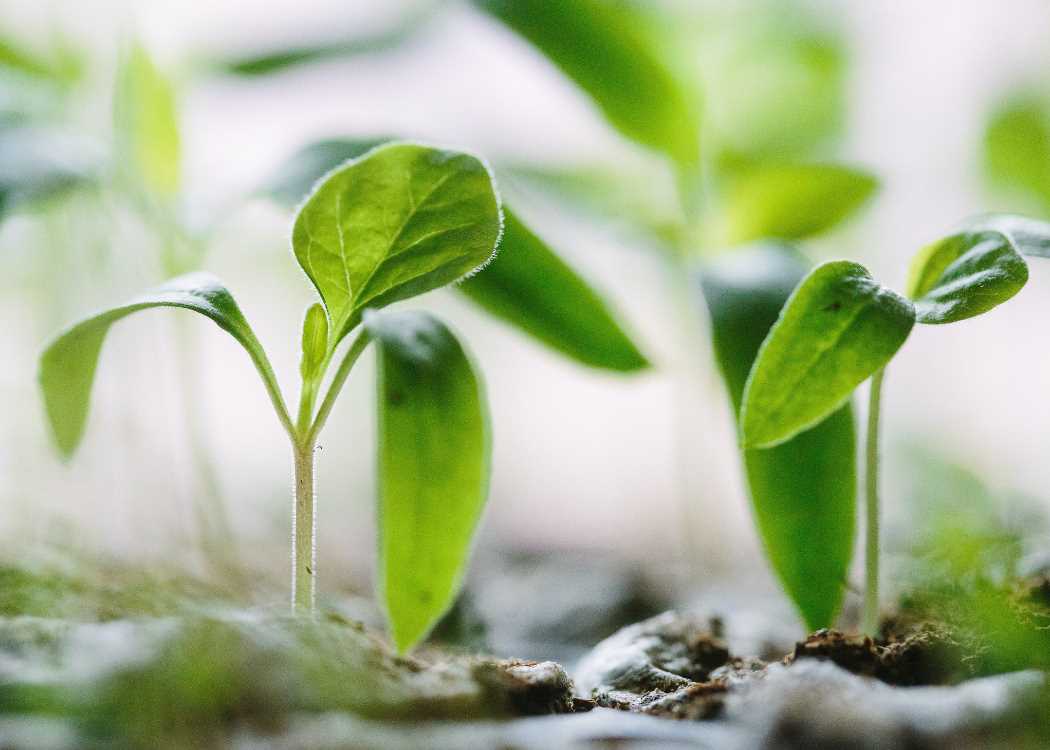
Begin with high-quality seeds to set the foundation for strong and vigorous seedlings. Look for certified organic seeds from reputable sources, as these are more likely to have good germination rates and be free from harmful chemicals.
2. Provide Proper Lighting
Light is essential for seedling development, as it plays a crucial role in photosynthesis. Place your seedlings near a sunny window or provide them with supplemental grow lights to ensure they receive adequate light for at least 12-16 hours a day.
3. Maintain Proper Temperature and Humidity
Seedlings thrive in a warm and humid environment. Aim to maintain a temperature between 65-75°F (18-24°C) during the day and slightly cooler at night. Use a humidity dome or mist the seedlings regularly to keep the humidity levels high.
4. Water Correctly
Overwatering or underwatering can hinder seedling development. Water the seedlings in a controlled manner, keeping the soil moist but not waterlogged. Use a spray bottle or a watering can with a fine spout to avoid disturbing the delicate seedlings.
5. Use High-Quality Potting Mix
Choose a well-draining potting mix specifically formulated for seed starting. Avoid using garden soil, as it can contain pests and diseases that could harm the seedlings. Look for mixes that are lightweight, sterile, and rich in organic matter.
6. Provide Adequate Air Circulation
Adequate air circulation is vital for preventing damping-off disease and promoting strong stem growth. Use a small fan to circulate the air around the seedlings, but be careful not to place it too close to avoid damaging them.
7. Fertilize Wisely
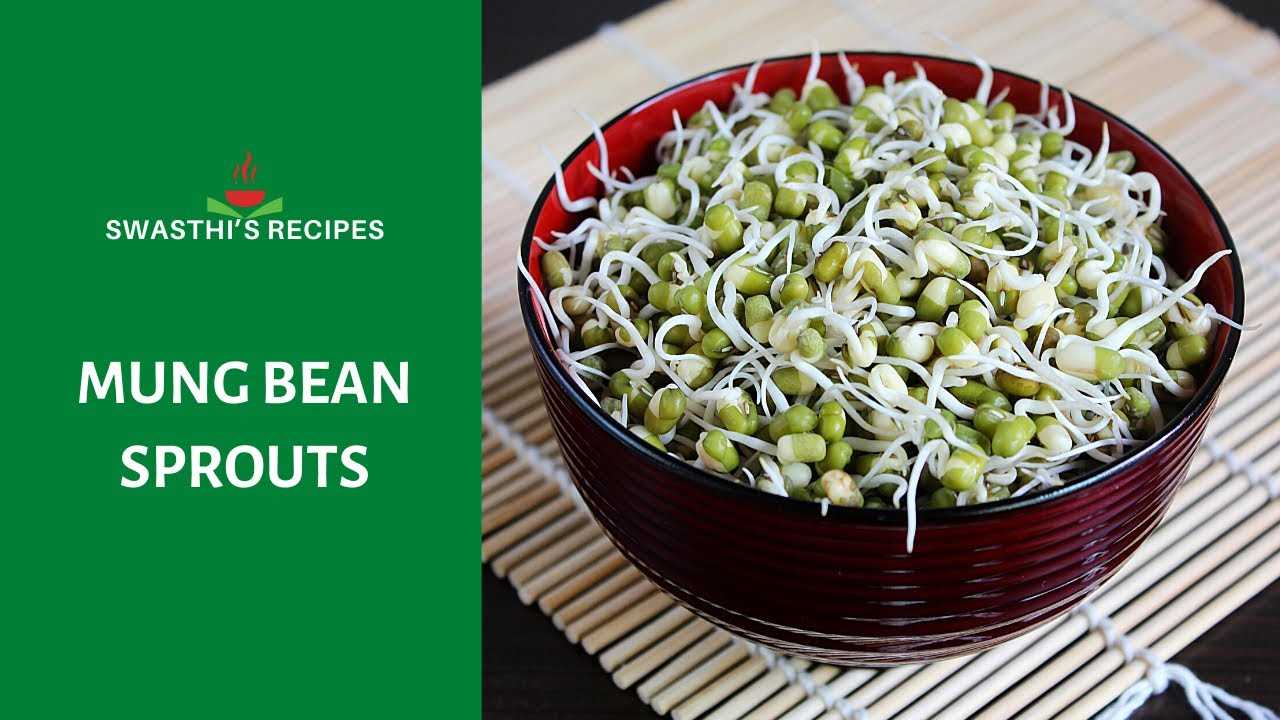
Seedlings have specific nutrient requirements, and providing them with a balanced seedling fertilizer can promote healthy growth. Choose a fertilizer with a higher nitrogen content to support leaf and stem development. Start fertilizing once the seedlings have developed their first true leaves.
8. Harden Off Before Transplanting
Prior to transplanting the seedlings into the garden, it’s essential to harden them off. Gradually expose them to outdoor conditions by placing them outside for a few hours each day, increasing the time over the course of a week. This process helps the seedlings adjust to temperature, wind, and sunlight.
By following these proven tricks, you can foster optimal seedling development and set the stage for healthy and productive plants in your garden.
Choose High-Quality Seeds
One of the most important factors in sprout development is the quality of the seeds you choose. High-quality seeds have a higher germination rate, produce stronger seedlings, and ultimately result in healthier and more productive plants.
Here are some tips to help you select high-quality seeds:
- Buy from reputable sources: Purchase seeds from reliable seed companies, nurseries, or trusted online retailers. These sources often have strict quality control measures in place to ensure the seeds they sell are of good quality.
- Check the seed packet: Read the information on the seed packet carefully. Look for details such as germination rate, seed origin, and any certifications indicating that the seeds have been tested for purity and quality.
- Look for fresh seeds: Seeds lose viability over time. Choose seeds that are relatively fresh to ensure better germination results. Check the seed packet for the production or expiration date to determine their freshness.
- Consider heirloom and organic seeds: Heirloom seeds are open-pollinated varieties that have been passed down through generations. They often possess unique traits and flavors. Organic seeds are grown without the use of synthetic pesticides and fertilizers, which can result in healthier plants.
- Inspect the seeds: Before purchasing, visually inspect the seeds to look for any signs of damage, discoloration, or deformities. Healthy seeds are typically plump, firm, and have a consistent color.
Remember, selecting high-quality seeds sets the foundation for successful sprout development. By choosing seeds from reputable sources and paying attention to their quality, you can ensure your seedlings get off to a strong start and have the best chance of flourishing into healthy plants.
Provide Proper Lighting
Proper lighting is essential for the healthy development of sprouts. Without adequate lighting, they can become weak and leggy, which may result in poor growth and a higher risk of disease.
Here are some tips to provide the correct lighting for your sprouts:
- Natural sunlight: If possible, place your sprouts in a sunny spot near a window. Natural sunlight provides a full spectrum of light, which is crucial for plant growth. Make sure to rotate your sprouts regularly to ensure even exposure to sunlight.
- Artificial lighting: If natural sunlight is limited, you can use artificial lighting sources such as fluorescent or LED lights. These lights should be placed about 2-4 inches above the sprouts and be kept on for 12-16 hours a day. Choose cool or warm white lights as they closely resemble natural sunlight.
- Light intensity: Sprouts require moderate to high light intensity for healthy growth. You can measure light intensity with a light meter, or simply observe the sprouts. If they appear too tall and thin, it may indicate insufficient light. On the other hand, if they are turning yellow or have burned tips, it may indicate excessive light.
Remember to adjust the lighting as the sprouts grow. When they are small, they may require less light, but as they develop, they will need more. Providing the proper amount and quality of light will ensure vigorous and healthy sprout growth.
Maintain Ideal Temperatures
Maintaining ideal temperatures is crucial for the proper development of sprouts. Different plants have different temperature requirements, so it’s important to research the specific needs of the seeds you are growing. However, there are some general guidelines you can follow to ensure the best temperature conditions for seedling growth.
1. Provide a Warm Environment
Most sprouts require warm temperatures to germinate and grow. The ideal temperature range for seed germination is usually between 70°F (21°C) and 85°F (29°C). You can maintain a warm environment by placing your sprouts in a heated area or using a seedling heat mat. This will help promote faster and more uniform germination.
2. Avoid Extreme Temperatures
Extreme temperatures can negatively affect seedling development. Avoid exposing your sprouts to temperatures below 60°F (15°C) or above 90°F (32°C). Cold temperatures can slow down germination and stunt growth, while hot temperatures can cause root damage and wilting.
3. Adjust Temperatures for Different Stages
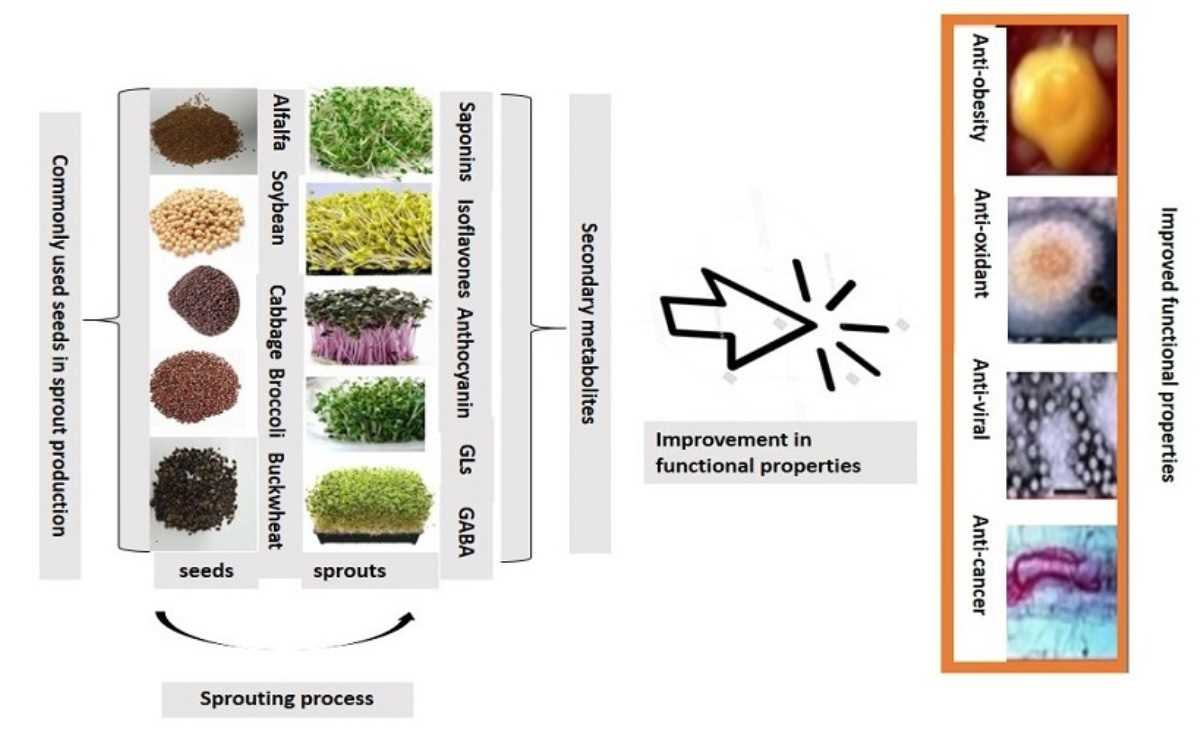
As your sprouts grow, their temperature requirements may change. During the early stages of growth, maintaining a slightly warmer temperature can help promote root development. As the sprouts mature, you can gradually decrease the temperature to encourage healthy stem and leaf growth. Adjusting the temperature according to the specific needs of each stage will optimize the overall growth of your sprouts.
4. Monitor and Control Temperature Fluctuations
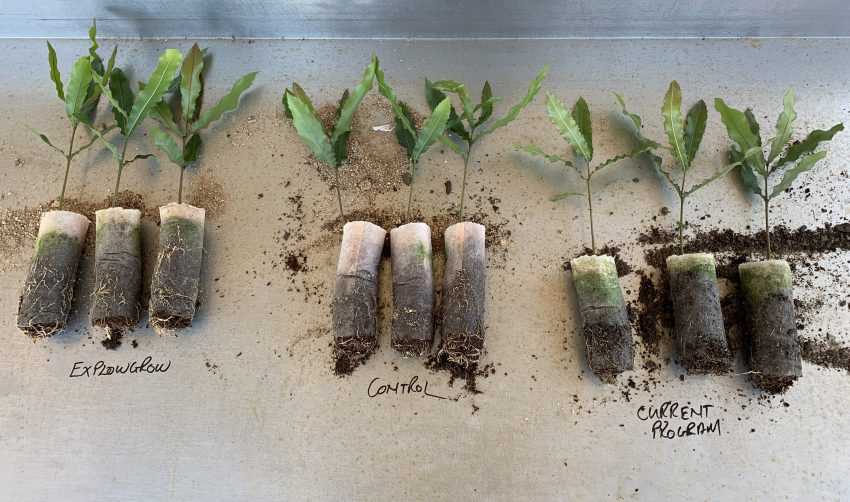
Fluctuations in temperature can stress your sprouts and hinder their growth. It is important to monitor the temperature regularly using a thermometer. Keep your sprouts away from drafty areas or areas with temperature fluctuations, such as near windows or heating vents. If necessary, you can use insulation materials or fans to stabilize the temperature and protect your sprouts from extreme conditions.
By following these guidelines and maintaining ideal temperatures for your sprouts, you can provide the optimal growing conditions for healthy and vigorous seedling development.
Water with Care
Watering is a critical aspect of seedling development. Providing the right amount of water at the right time can greatly improve the growth and health of your sprouts. Here are some tips for watering your seedlings:
1. Use a watering can or a sprayer
A watering can or a sprayer with a fine mist setting is recommended for watering seedlings. This allows for gentle and even distribution of water without disturbing the delicate roots.
2. Monitor the soil moisture
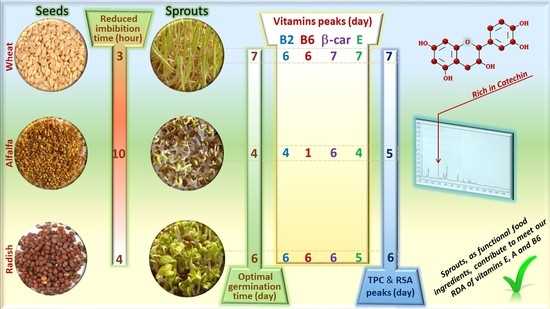
It’s important to keep an eye on the moisture level of the soil. Stick your finger an inch into the soil to check if it feels dry or moist. If it’s dry, it’s time to water. If it’s still moist, wait for a day or two before watering again.
3. Water from below
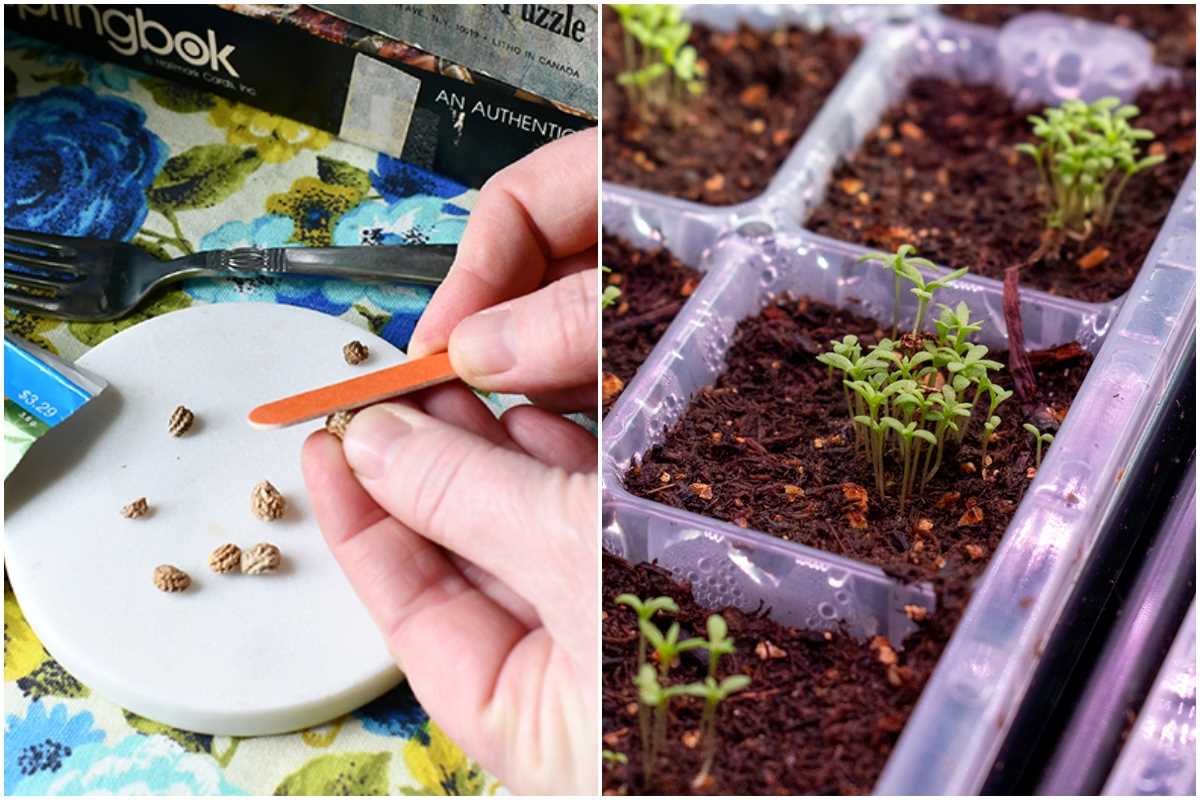
Instead of pouring water directly onto the sprouts, place the seedling tray or pots in a tray of water and allow the soil to absorb the water from below. This method ensures that the roots receive ample moisture without wetting the leaves, which can lead to fungal diseases.
4. Avoid overwatering
Overwatering can be detrimental to seedling growth. It can cause root rot, slow down growth, and attract pests. Make sure to water your seedlings only when necessary and avoid letting the soil become waterlogged.
5. Consider using a self-watering system
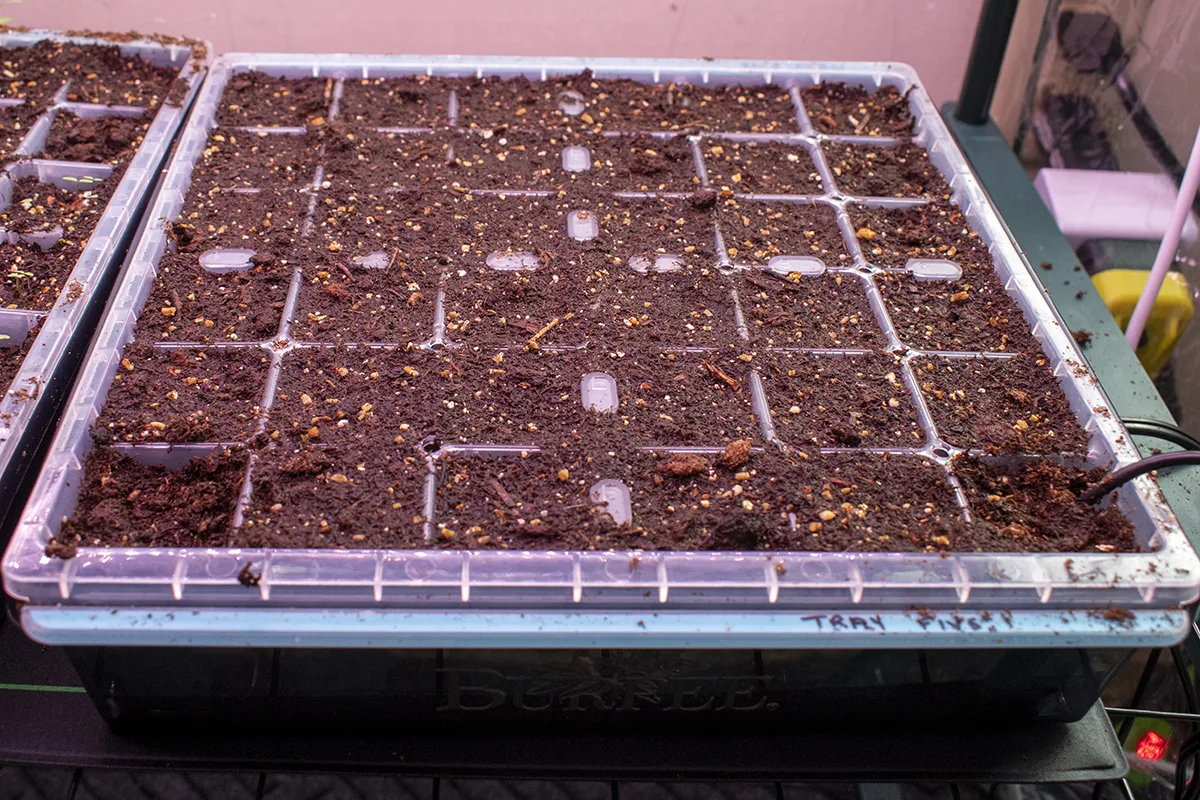
If you often forget to water your seedlings or are away for extended periods, consider using a self-watering system. These systems can provide a consistent level of moisture to your sprouts, ensuring their optimal growth and development.
Remember, proper watering is crucial for the success of your seedlings. With these tips, you can ensure that your sprouts receive the right amount of water to thrive and flourish!
Ensure Good Air Circulation
Good air circulation is essential for the healthy development of sprouts. Without adequate air movement, seedlings can become weak and susceptible to diseases. Here are a few tips to ensure good air circulation:
- Space your sprouts properly: Make sure to leave enough space between each sprout to allow air to circulate freely.
- Use a fan: Placing a fan near your sprouts can help improve air movement. The gentle breeze from the fan will prevent stagnant air and promote healthier growth.
- Open windows or use vents: If you are growing sprouts indoors, it is important to have proper ventilation. Open windows or use vents to bring in fresh air and provide better airflow.
- Avoid overcrowding: Overcrowded sprouts can restrict airflow and lead to the development of mold and fungus. Thin out overcrowded seedlings to enhance air circulation.
- Keep the growing area clean: Regularly remove any debris or fallen leaves from around your sprouts to maintain a clean growing environment. This will help prevent the buildup of pests and diseases.
By ensuring good air circulation, you can optimize the growth and development of your sprouts, leading to stronger and healthier plants.
Use Organic Fertilizers
Fertilizers play a crucial role in providing the necessary nutrients for the growth and development of sprouts. Instead of using synthetic chemical fertilizers, opt for organic fertilizers to promote healthier and more sustainable growth.
Organic fertilizers are derived from natural sources such as animal manure, compost, bone meal, and blood meal. They provide a balanced combination of essential nutrients like nitrogen, phosphorus, and potassium, as well as other micronutrients required for the optimal growth of sprouts.
Here are some benefits of using organic fertilizers for sprout growth:
- Enhanced Nutrient Availability: Organic fertilizers release nutrients slowly, ensuring a steady supply of nutrients to the sprouts. This helps in avoiding nutrient deficiencies and promotes healthy and robust growth.
- Improved Soil Structure: Organic fertilizers also improve the soil structure by increasing its water-holding capacity and promoting the growth of beneficial microorganisms. This leads to better aeration and drainage, which are essential for sprout development.
- Reduced Environmental Impact: Unlike synthetic fertilizers, organic fertilizers do not contain harmful chemicals that can pollute water bodies and harm the environment. Organic fertilizers are environmentally friendly and contribute to sustainable agricultural practices.
- Long-Term Soil Health: Continuous use of organic fertilizers improves the overall health and fertility of the soil. Organic matter from the fertilizers helps in retaining moisture and nutrients, creating a fertile environment for sprout growth.
To use organic fertilizers for sprout growth, mix them into the soil before planting the sprout seeds. Follow the recommended application rates on the fertilizer package and ensure proper watering to facilitate nutrient absorption.
Remember, organic fertilizers may take longer to show their effects compared to synthetic fertilizers. However, their long-term benefits make them a preferable choice for promoting healthy and sustainable sprout growth.
In summary, using organic fertilizers for sprout growth provides enhanced nutrient availability, improves soil structure, reduces environmental impact, and contributes to long-term soil health. Choose organic fertilizers over synthetic options to ensure the sustainable and healthy development of your sprouts.
Prevent Common Seedling Diseases
When growing sprouts, it is important to take steps to prevent common seedling diseases. These diseases can cause damage to your seedlings and significantly impact their growth and development. Here are some proven tricks to help prevent seedling diseases:
- Start with quality seeds: Use high-quality seeds from reputable sources. Avoid using old or damaged seeds as they may be more susceptible to diseases.
- Use clean containers and equipment: Before sowing your seeds, make sure to clean and sterilize your containers, trays, and tools. This helps eliminate any potential pathogens that could harm your seedlings.
- Ensure proper drainage: Proper drainage is essential to prevent waterlogged conditions that can lead to fungal diseases. Use well-draining soil or a growing medium specifically designed for seedlings.
- Water carefully: Overwatering can promote the growth of fungal pathogens. Water your seedlings carefully, making sure not to saturate the soil. Allow the top layer of soil to dry out slightly between waterings.
- Provide good air circulation: Good air circulation helps prevent the buildup of moisture and reduces the risk of disease. Avoid overcrowding your seedlings and provide adequate spacing between them.
- Avoid excessive humidity: Excessive humidity can create a favorable environment for fungal diseases. Use a fan or provide ventilation to control humidity levels and maintain proper air movement.
- Practice crop rotation: Avoid planting the same type of seeds or crops in the same location year after year. Crop rotation helps prevent the buildup of soil-borne pathogens that can cause diseases in seedlings.
- Keep a clean growing area: Regularly clean and sanitize your growing area to eliminate any potential sources of contamination. Remove any fallen leaves or dead plants promptly.
- Monitor for early signs of disease: Regularly inspect your seedlings for any signs of disease, such as discoloration, wilting, or unusual growth. Promptly remove and dispose of any infected plants to prevent the spread of disease.
- Consider using natural disease control methods: There are various natural disease control methods available, such as neem oil, copper-based fungicides, or biological control agents. Research the appropriate methods for the specific diseases you are trying to prevent.
By following these tricks, you can significantly reduce the risk of common seedling diseases and promote the healthy growth and development of your sprouts.
“Question-Answer”
How can I improve seedling development for sprouts?
There are several proven tricks to improve seedling development for sprouts. First, make sure to provide enough light for the sprouts, as they need it for photosynthesis. Additionally, maintaining the right moisture level is crucial. Overwatering or underwatering can hinder development. It is also recommended to use a well-draining soil mix and to provide enough nutrients through fertilization. Finally, proper ventilation is important to prevent mold and promote healthy growth.
What is the importance of light for sprout development?
Light is crucial for sprout development as they need it for photosynthesis. Light provides the energy necessary for sprouts to convert water and carbon dioxide into glucose and oxygen. Without sufficient light, sprouts may become weak, spindly, and pale. Therefore, it is essential to provide enough light for optimal growth and development.
How can I ensure the right moisture level for sprout development?
To ensure the right moisture level for sprout development, it is important to water them correctly. Overwatering can lead to root rot and hinder development, while underwatering can cause the sprouts to dry out and become stunted. One way to check the moisture level is by sticking your finger into the soil up to the first knuckle. If it feels dry at that depth, it’s time to water. It is also recommended to use a well-draining soil mix and to water from the bottom to encourage root growth.
What kind of soil mix should I use for sprout development?
For sprout development, it is recommended to use a well-draining soil mix. A good soil mix can consist of a combination of peat moss, perlite, and vermiculite. This type of mix provides good aeration and ensures proper water drainage, preventing the roots from becoming waterlogged. It is important to avoid heavy, compacted soils that can hinder root development.
How can I provide enough nutrients for sprout development?
To provide enough nutrients for sprout development, it is important to fertilize them appropriately. You can use a balanced, water-soluble fertilizer and follow the instructions on the package for dilution and application rates. It is important not to over-fertilize, as this can burn the sprouts. Additionally, using organic fertilizers or compost can provide natural nutrients and improve the overall health of the sprouts.
Why is proper ventilation important for sprout development?
Proper ventilation is important for sprout development because it helps prevent mold and promotes healthy growth. Good air circulation helps prevent the buildup of moisture, which can lead to the development of fungal diseases. It also helps strengthen the sprouts’ stems and encourages them to grow stronger. Adequate ventilation can be achieved by placing a small fan near the sprouts or by opening windows to allow for air movement.
Are there any other tips for improving seedling development?
Yes, there are additional tips for improving seedling development. It can be helpful to provide gentle air movement with a fan or by lightly brushing the sprouts with your hand to simulate natural outdoor conditions. Additionally, maintaining the right temperature is important for optimal growth. Most sprouts thrive in temperatures between 65-75 degrees Fahrenheit (18-24 degrees Celsius). Lastly, regular monitoring and pest control measures can prevent any issues that may hinder seedling development.







